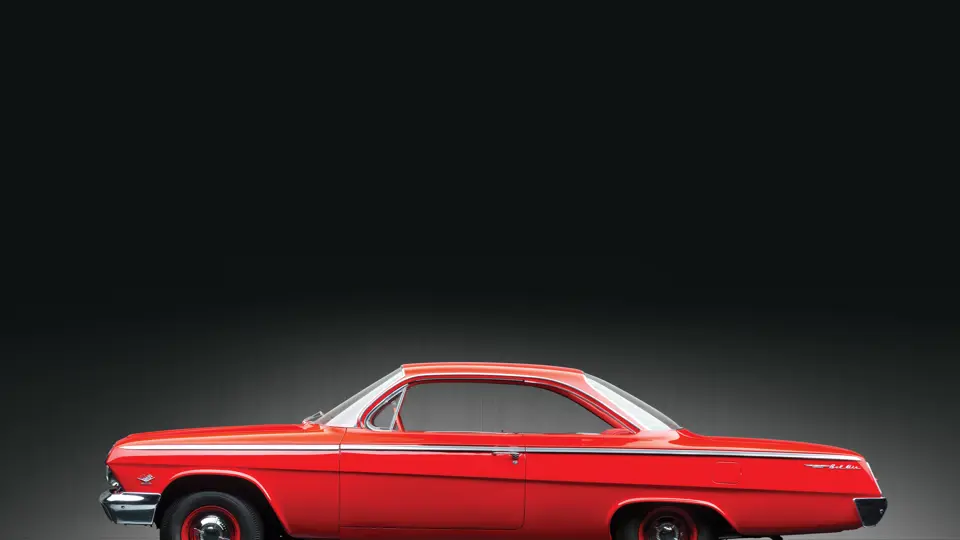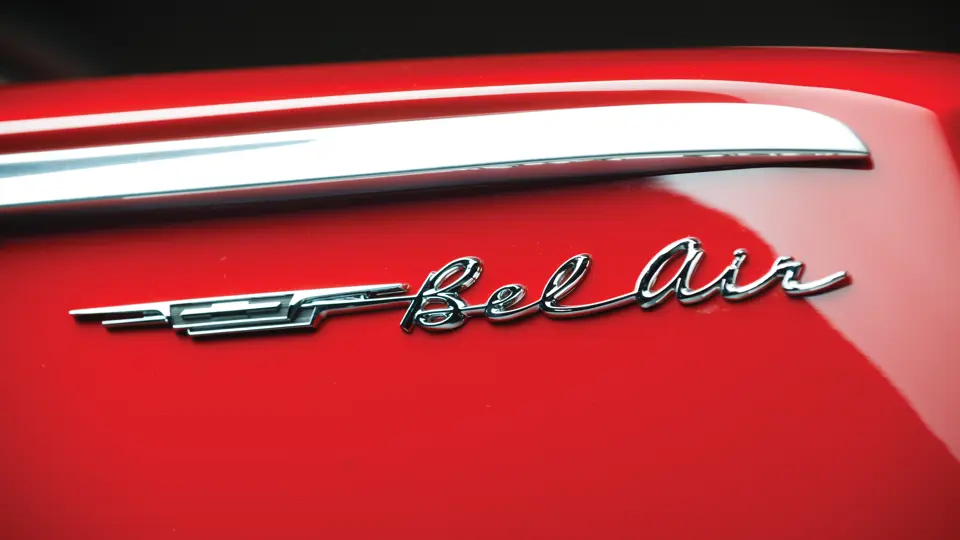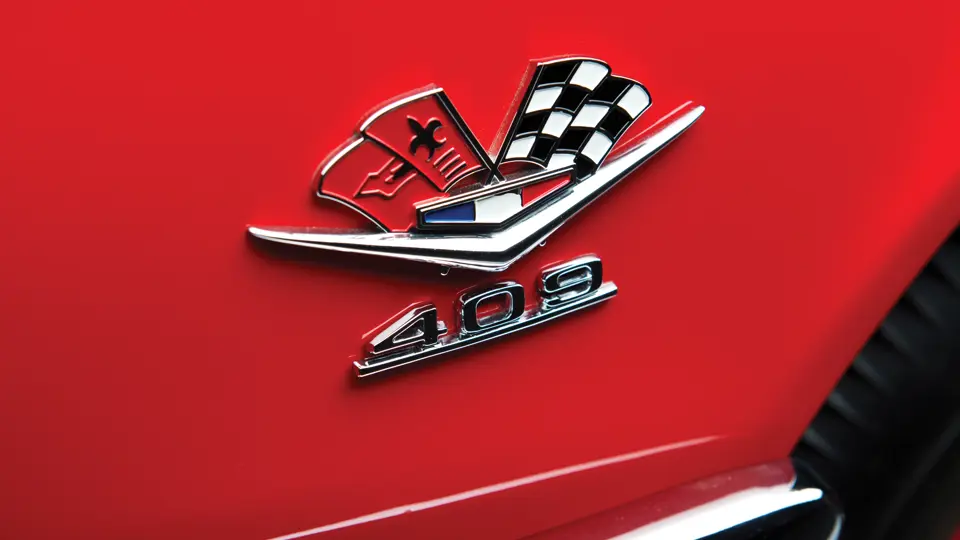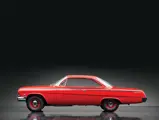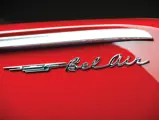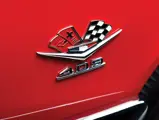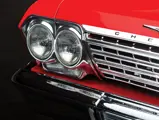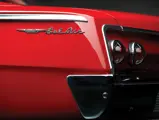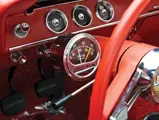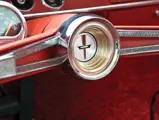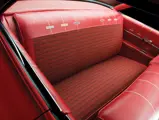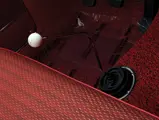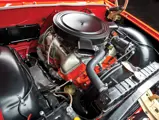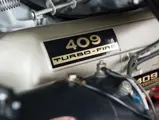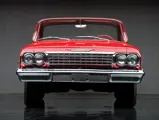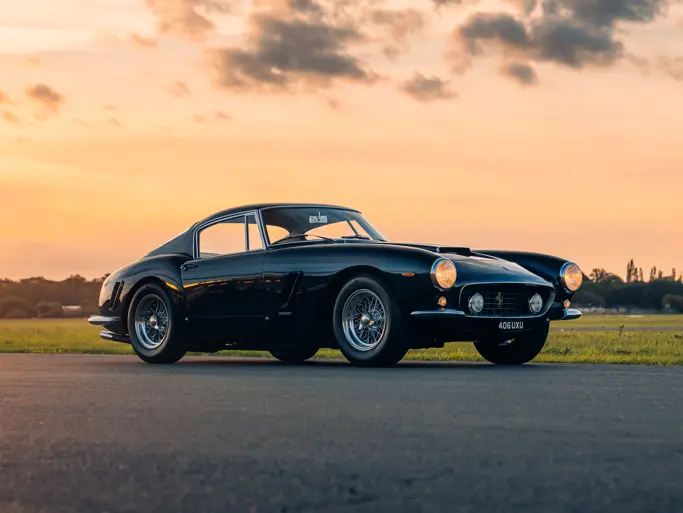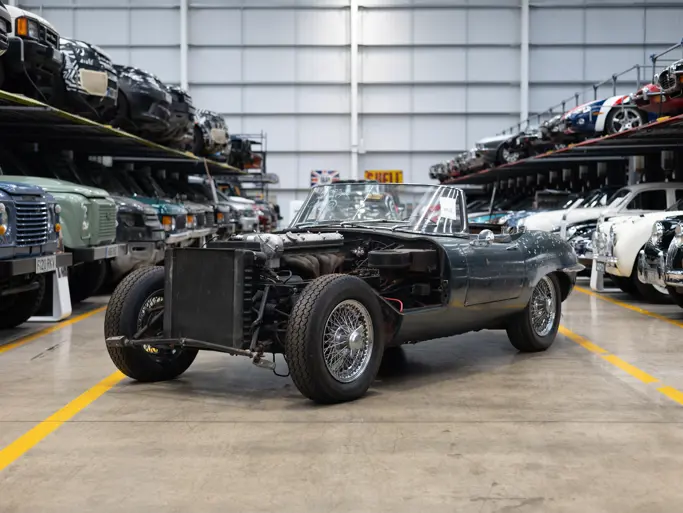409 bhp, 409 cu. in. OHV V-8, dual Carter AFB carburetors, four-speed manual transmission, independent front suspension with ball joints, upper and lower control arms, coil springs, tubular shocks, and anti-roll bar, rear live axle with three-link trailing arms lateral link, coil springs and tubular shock absorbers, and four-wheel, 11-inch hydraulic drum brakes. Wheelbase: 119 in.
The bubbletop Chevrolets are an American icon. For the first time, the fifties’ fins were gone; now, Bel Air was a thoroughly Jet Age, pared down, and, in the sport coupe, deadly-looking street machine. Sales were, as they say, blistering.
Blistering performance was on tap, too, from the hot 409, which in dual-quad configuration, as here, reported one-horsepower-per-cubic-inch. In this lightweight coupe body, a drag racer’s favorite, as it is the best compromise between a stiff body and weight, 0–60 times were in the neighborhood of seven seconds, with quarter-miles in the 15s on street tires—and far quicker on race rubber. As the fastest car Chevrolet could build (Corvette’s biggest engine was a 327), it’s difficult to imagine someone specifying a car such as this with anything other than racing in mind—it was ordered without a radio, heater, clock, or cigarette lighter.
As one of the most sought-after engine specifications of the early-sixties, documentation for a 409/409 is important. It does not get more authentic than this car’s original order form and dealer invoice from Quality Chevrolet in Wichita, Kansas. Those documents indicate this Bel Air bubbletop was built exactly as you see it: in Roman Red over red and with the 409 horsepower engine’s mandatory four-speed with tachometer, power steering, and a positraction 3.55 axle. While a pure street racer might not have specified power steering, someone who also planned to drive to work in it would have, and it is surely appreciated today. All numbers and stampings appear to be present, and they appear to verify the configuration, as well. Additionally, it is complete with its original warranty protection plan book. Somewhere in Wichita, someone probably remembers this car lurking at a downtown stoplight on a Saturday night, a relaxed driver that was confident that, for one year at least, he had the hottest car in town.

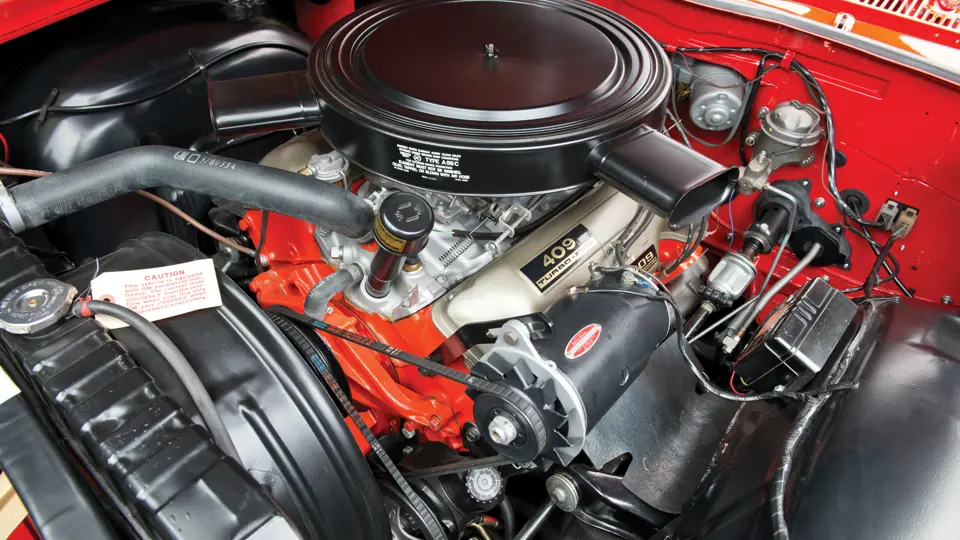


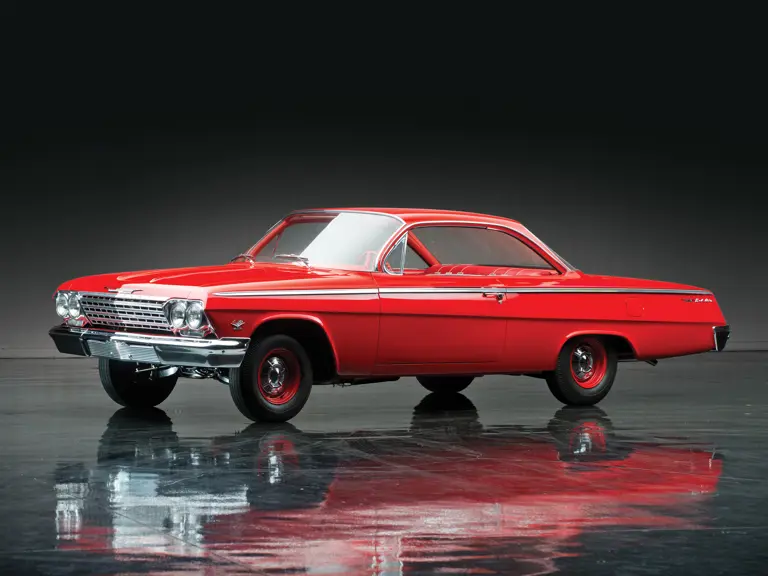
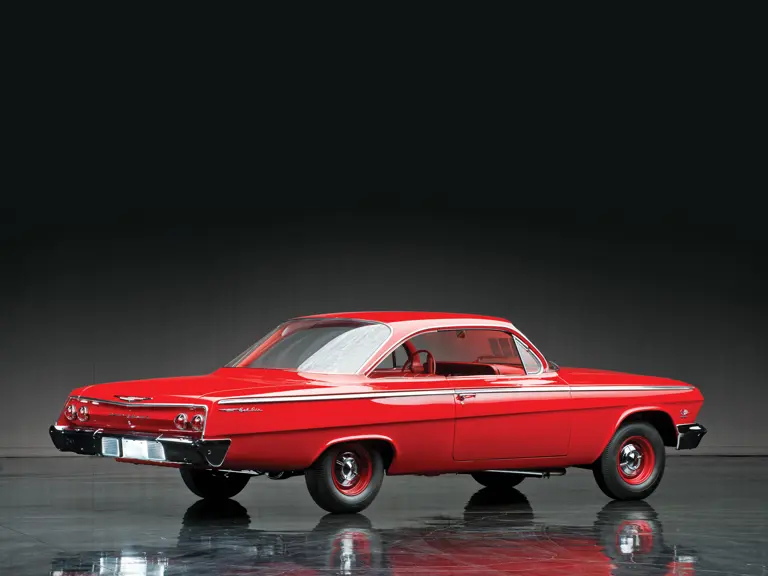
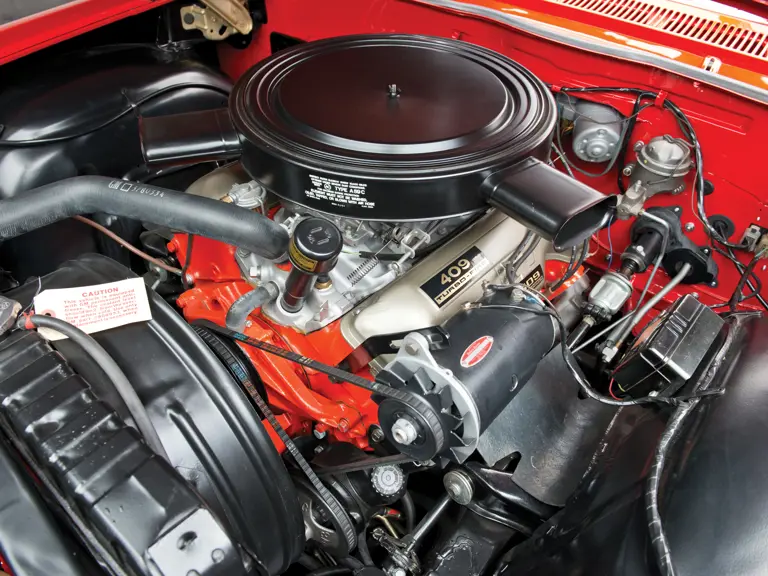
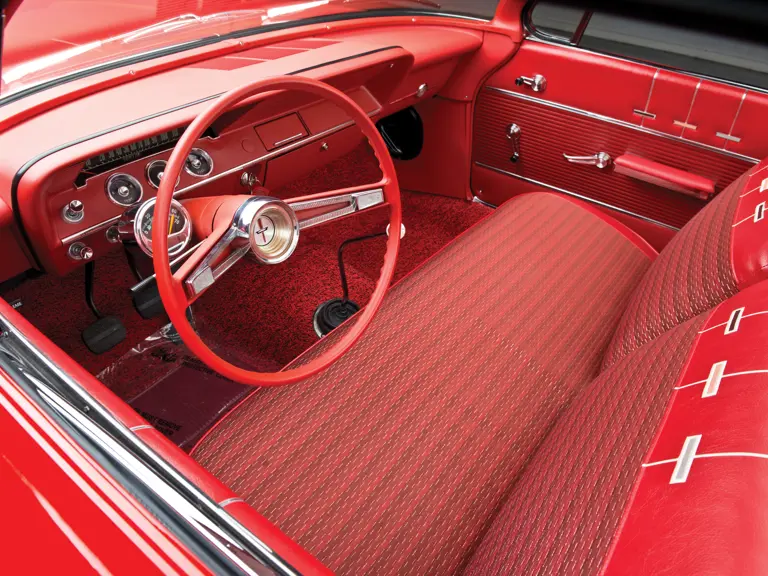
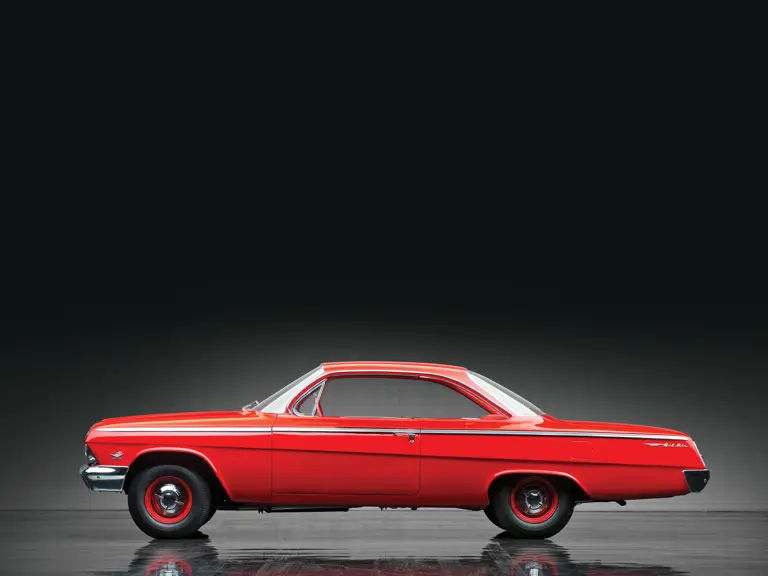
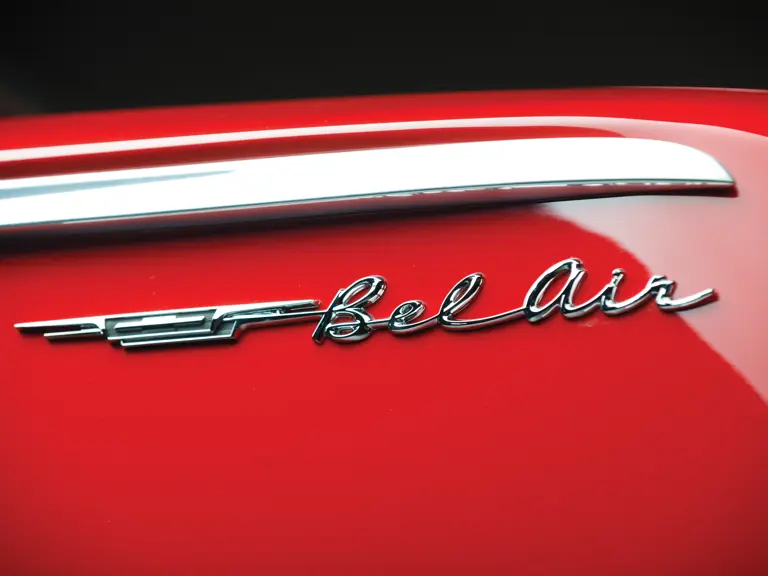
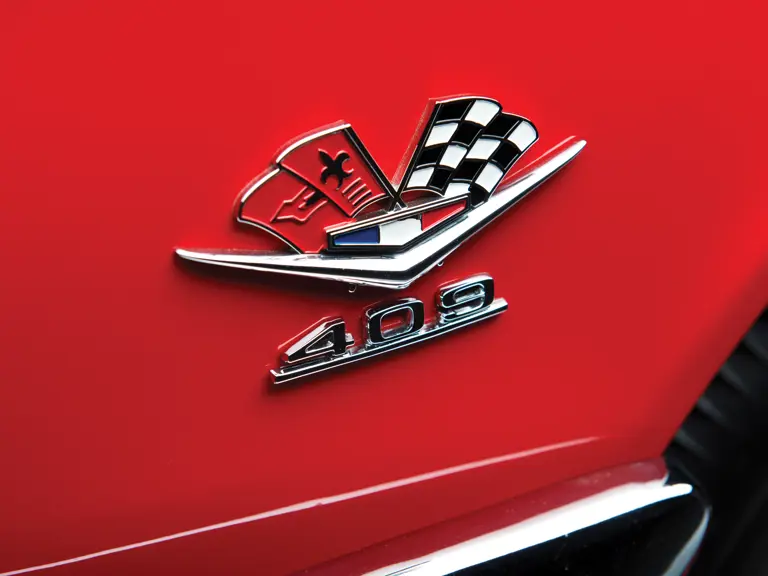
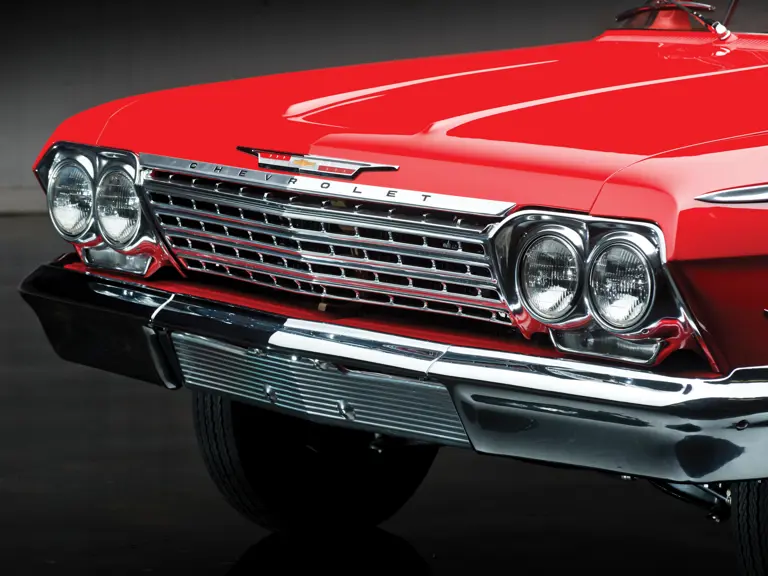
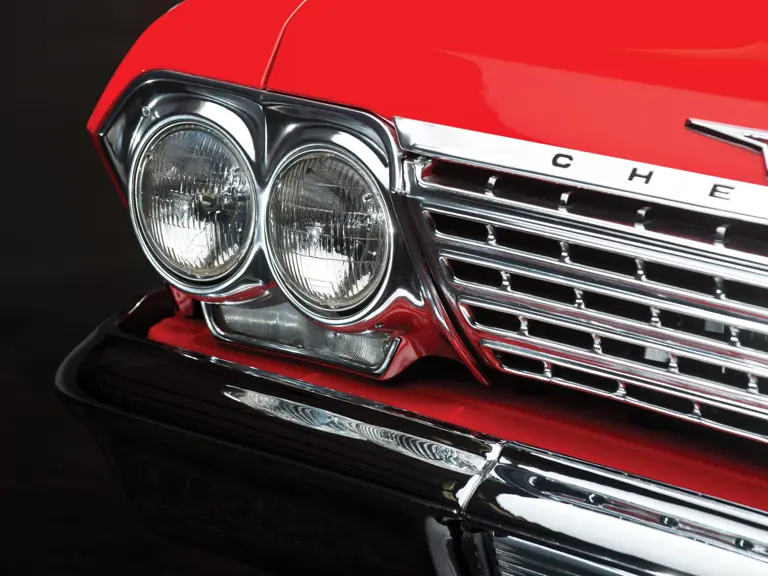
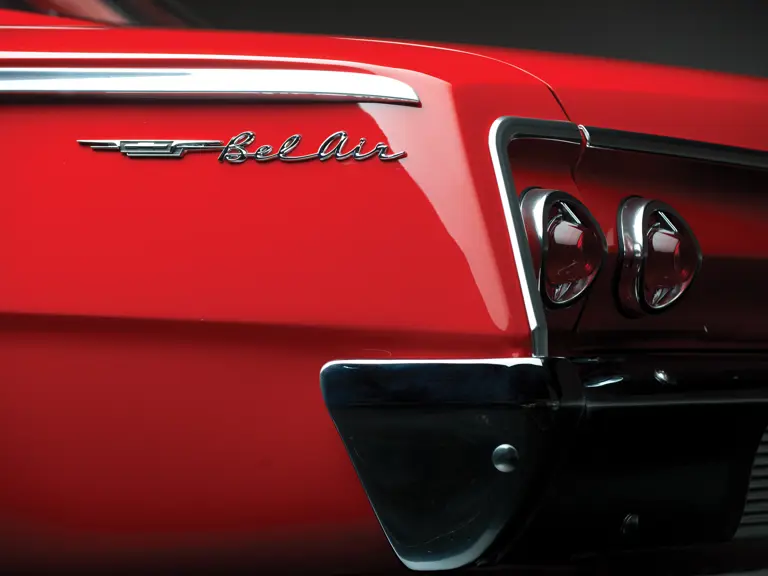
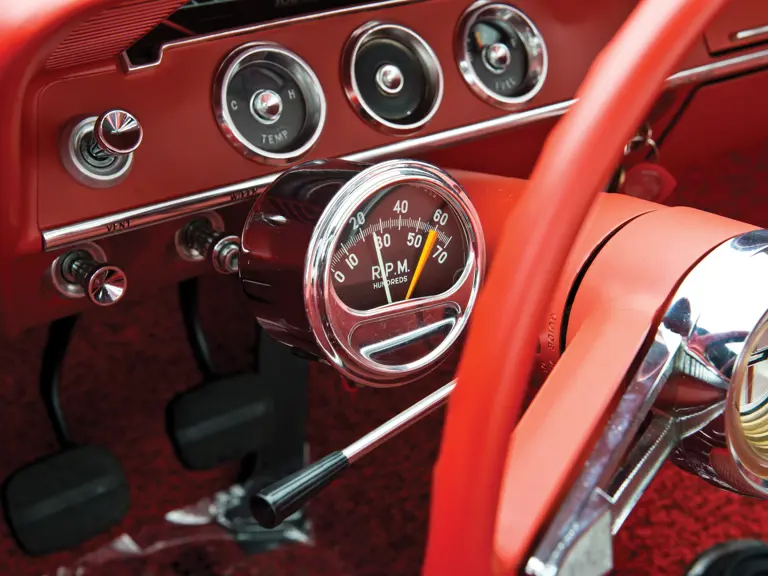
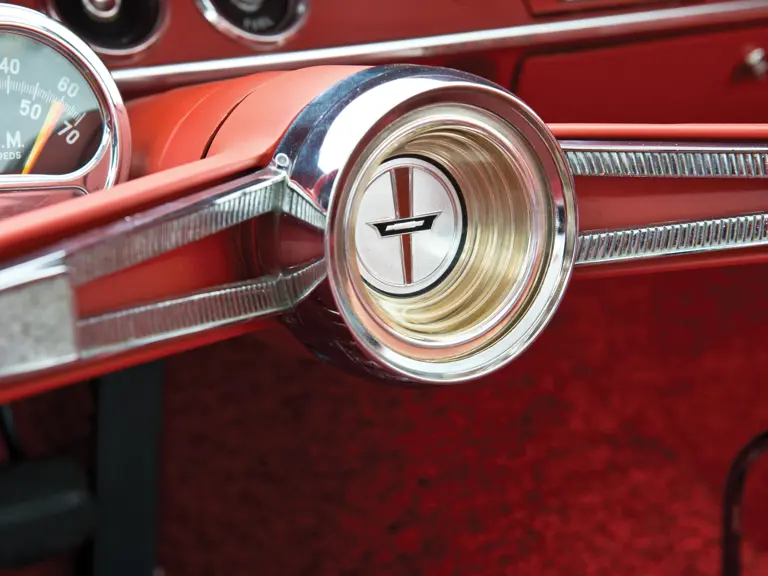
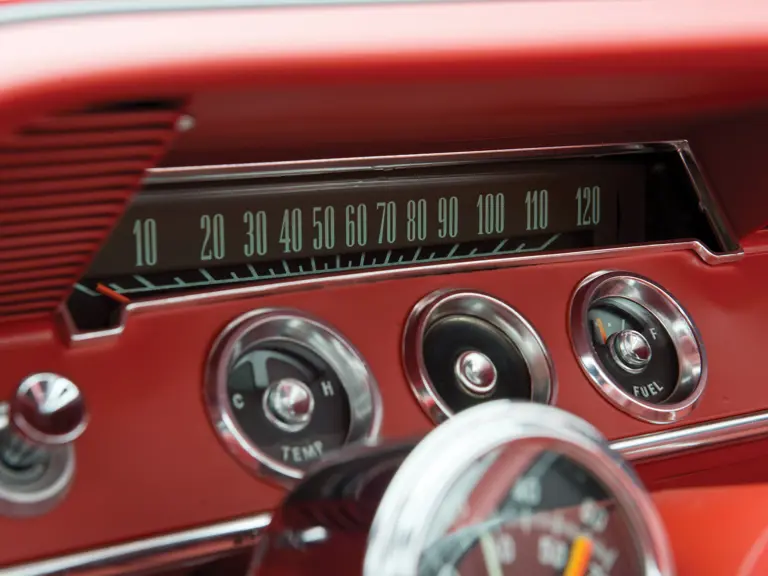
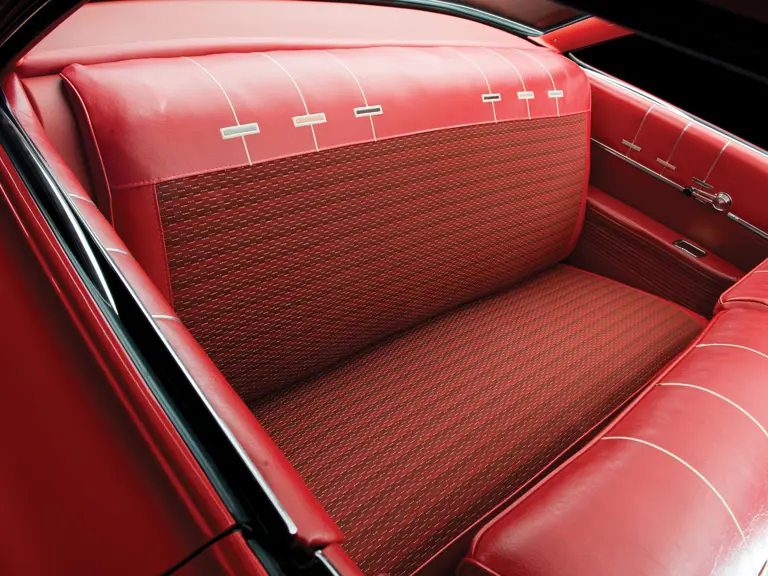
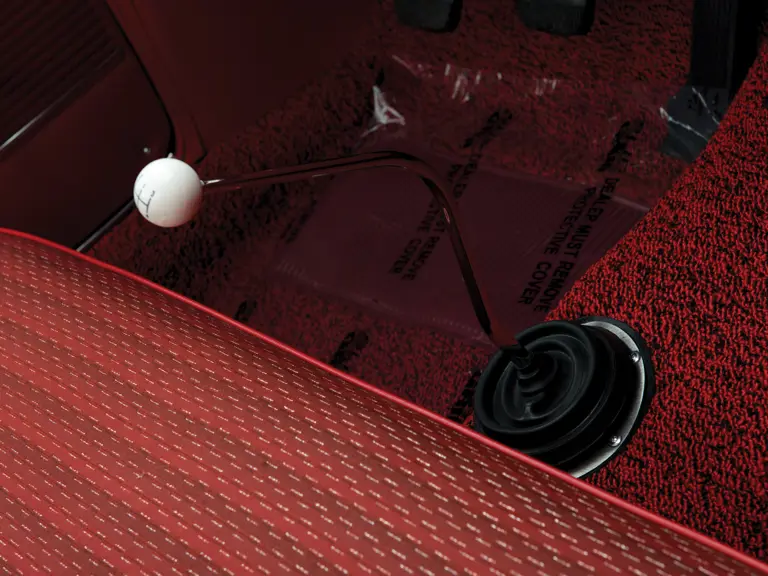

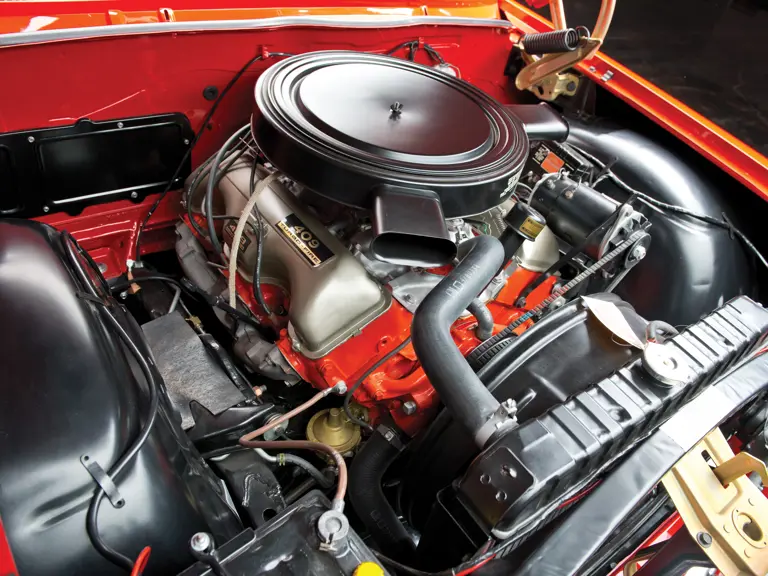

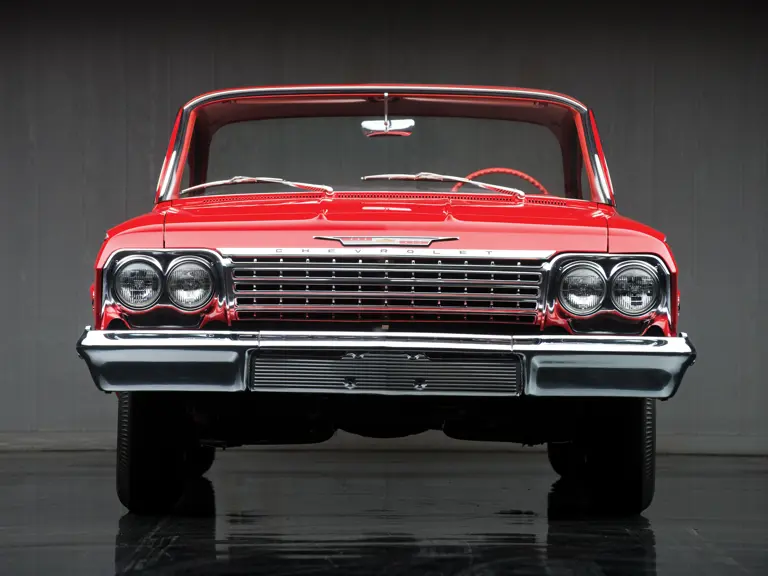
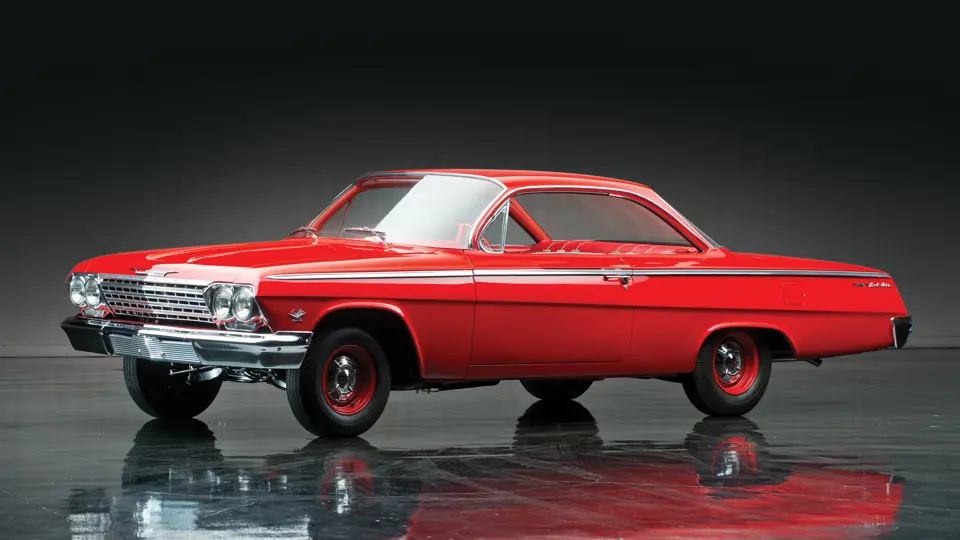
 | Fort Worth, Texas
| Fort Worth, Texas
